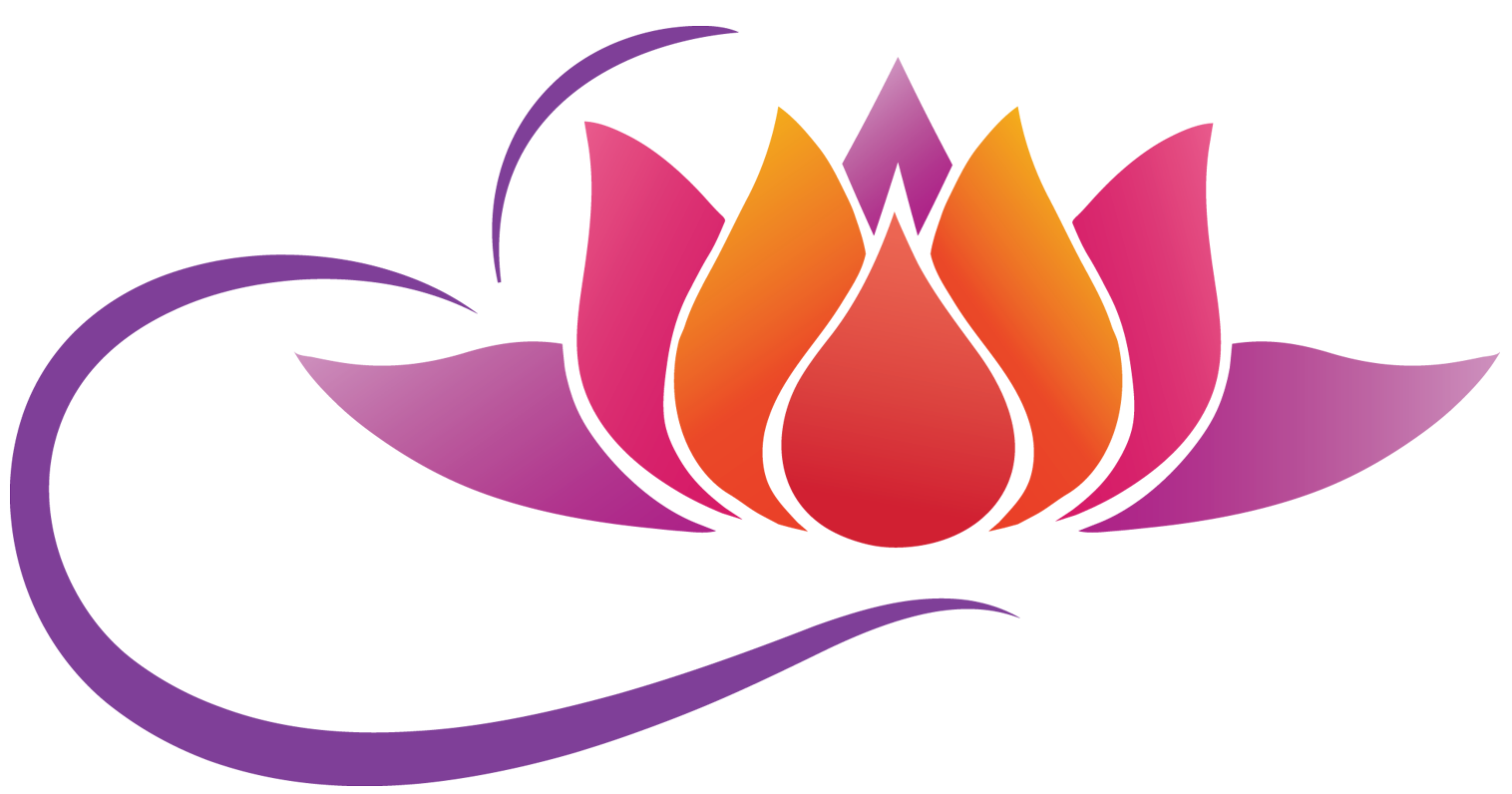Sound Bath Excerpts. What to expect
[presto_player id=487]
The above Sound bath excerpts sessions are therapeutic experiences where participants are “bathed” in sound waves produced by various instruments, such as singing bowls, gongs, chimes, tuning forks, and sometimes even the human voice. These sessions are designed to promote deep relaxation, reduce stress, and enhance overall well-being. Here’s a closer look at what you can expect from a sound bath immersion session:
Sound waves have a profound impact on the human body, influencing both physical and mental states. The effects can range from subtle shifts in mood to significant physiological changes. Here’s a detailed look at how sound waves affect the human body:
Physical Effects
- Vibrational Resonance: Sound waves are essentially vibrations that travel through the air. When these vibrations reach the body, they can resonate with different tissues, organs, and even bones. This resonance can help to release tension, improve circulation, and promote healing.
- Relaxation of Muscles: Low-frequency sounds, such as those produced by gongs or Tibetan singing bowls, can help to relax muscles and reduce physical tension. This can be particularly beneficial for people with chronic pain or muscle stiffness.
- Pain Relief: Sound therapy has been shown to help reduce pain in some individuals. The vibrations can stimulate the release of endorphins, the body’s natural painkillers, and promote a sense of well-being.
- Improved Circulation: The vibrations from sound waves can enhance blood flow and lymphatic drainage, helping to detoxify the body and improve overall circulation.
- Bone Conduction: Sound waves can travel through bones, a phenomenon known as bone conduction. This can stimulate bone growth and healing, making sound therapy a potential adjunct treatment for conditions like osteoporosis or fractures.
Mental and Emotional Effects
- Stress Reduction: Sound waves, particularly those in the lower frequency range, can help to lower cortisol levels, the hormone associated with stress. This can lead to a state of deep relaxation and reduced anxiety.
- Enhanced Mood: Certain frequencies and rhythms can stimulate the release of neurotransmitters like serotonin and dopamine, which are associated with feelings of happiness and well-being.
- Improved Sleep: Sound therapy can help to regulate sleep patterns by promoting relaxation and reducing stress. This can be particularly beneficial for people with insomnia or other sleep disorders.
- Emotional Release: The vibrations from sound waves can help to release stored emotions and trauma held in the body. This can lead to a sense of emotional catharsis and improved mental clarity.
- Cognitive Function: Some studies suggest that certain sound frequencies can enhance cognitive function, including memory, focus, and problem-solving skills. Binaural beats, for example, are thought to synchronize brain waves and improve mental performance.
Physiological Effects
- Heart Rate and Blood Pressure: Sound therapy can help to regulate heart rate and blood pressure, promoting cardiovascular health. The calming effects of certain sounds can lead to a slower heart rate and lower blood pressure.
- Respiratory Rate: The relaxation induced by sound waves can lead to slower, deeper breathing, which can improve oxygen uptake and promote relaxation.
- Immune Function: Some research suggests that sound therapy can boost immune function by reducing stress and promoting relaxation, which in turn supports the body’s natural healing processes.
Types of Sound Waves and Their Effects
- Low-Frequency Sounds: These are often used for deep relaxation and grounding. They can help to release physical tension and promote a sense of stability and calm.
- High-Frequency Sounds: These are often used for clarity and mental focus. They can help to clear mental fog and enhance cognitive function.
- Binaural Beats: These are created by playing two slightly different frequencies in each ear. The brain perceives a third tone, the binaural beat, which can help to synchronize brain waves and promote states of relaxation, focus, or sleep.
- Isochronic Tones: These are single tones that turn on and off at regular intervals. They are used to entrain brain waves and can be effective for meditation, focus, and relaxation.
Practical Applications
- Meditation and Mindfulness: Sound therapy is often used to enhance meditation practices, helping individuals to achieve deeper states of relaxation and mindfulness.
- Therapeutic Settings: Sound baths, gong therapy, and other forms of sound healing are used in therapeutic settings to promote physical and emotional healing.
- Personal Use: Many people use sound therapy at home through apps, recordings, or personal instruments like singing bowls or tuning forks.
Conclusion
Sound waves have a multifaceted impact on the human body, influencing physical, mental, and emotional health. Whether through structured sound therapy sessions or personal use, the benefits of sound waves can be profound, offering a natural and holistic approach to well-being.
